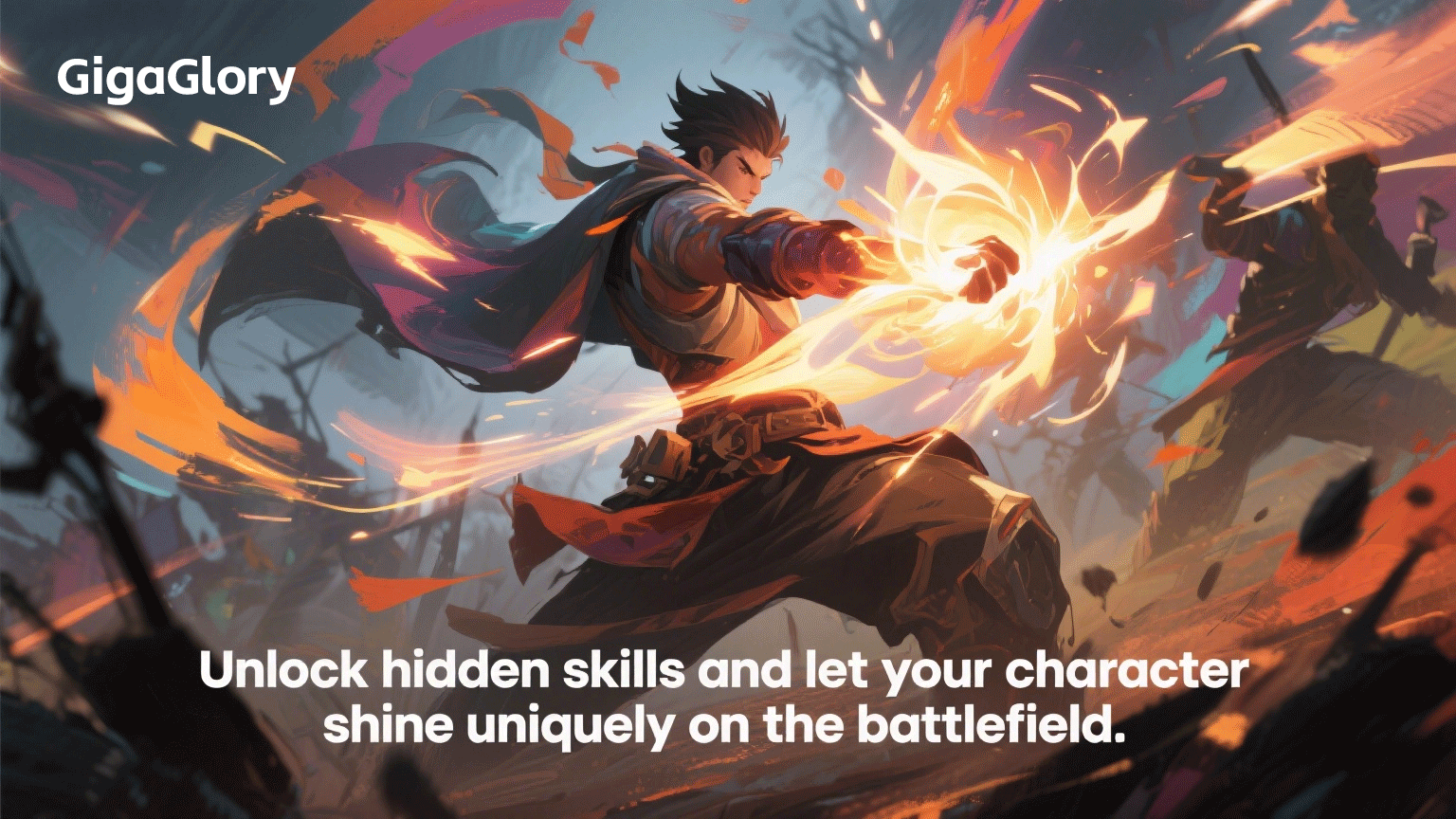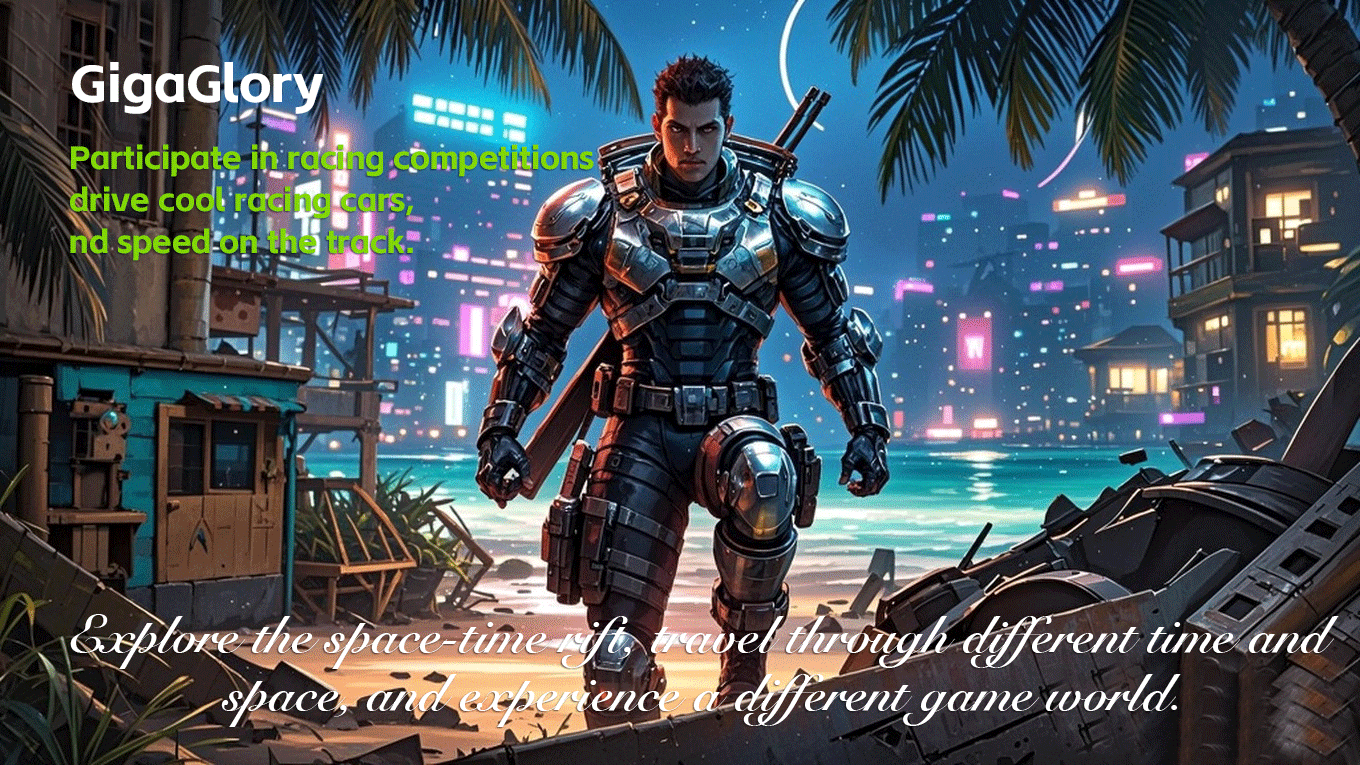Why Multiplayer Strategy Games Are Redefining Online Gaming: A Deep Dive into Competitive Play
In the ever-evolving landscape of online gaming, multiplayer strategy games have emerged as a formidable force. They arise not merely as a trend but as a redefining genre that reshapes the way gamers perceive competition and community. Why is this shift happening? Let’s unravel the reasons behind this captivating phenomenon.
The Rise of Multiplayer Games
Multiplayer games aren't new, but the surge in their popularity reflects changing gamer tastes. As technology advances, these games have become more accessible and immersive. Players can connect globally, forming alliances and rivalries that add layers of depth to the gaming experience.
What Defines Strategy Games?
At their core, strategy games require players to think critically and strategically. Unlike traditional action games, they demand foresight and planning. You have to assess risks and rewards, responding to the actions of your opponents. This intellectual engagement is why many players are drawn to titles like StarCraft, Age of Empires, and even the iconic Mario Odyssey.
Mario Odyssey: A Case Study in Game Design
Let’s take a moment to explore the Mario Odyssey Spinning Platform Puzzle in the Wood Kingdom. This level brilliantly combines strategy with action, where players must avoid obstacles while strategically navigating rotating platforms. Such designs engage gamers, nurturing problem-solving skills and patience.
| Key Features | Description |
|---|---|
| Multiplayer Functionality | Connect with players worldwide |
| Strategic Depth | Decision-making impacts gameplay |
| Community Engagement | Form alliances and tactics |
The Emotional Connection
One aspect that sets multiplayer strategy games apart is the emotional connection they foster. Players experience triumphs and failures collectively, creating a bond. It’s not just about winning but about shared experiences. The camaraderie among team members can significantly enhance enjoyment.
Competitive Play: The Heart of the Matter
Competitive play is arguably one of the most enticing elements of multiplayer strategy games. The adrenaline rush of facing off against rivals or collaborating with teammates fuels dedication and passion. Many well-known esports tournaments stem from games like League of Legends or Dota 2, drawing millions of spectators worldwide.
Strategic Gameplay Mechanics
Multiplayer strategy games typically employ complex gameplay mechanics that require players to develop their tactics. Here are a few key mechanics:
- Resource Management: Players must efficiently manage resources to build and develop their strategies.
- Unit Coordination: Team dynamics can change with effective communication and coordination.
- Tactical Planning: Players outline their strategies in advance, adjusting them on the fly as needed.
Player Communities: The Unsung Heroes
Communities of players are an integral part of multiplayer strategy games. These groups not only share tips and tricks but also foster friendships that last beyond gaming sessions. Whether it’s through forums, social media, or in-game chat, the bonds formed here strengthen the gaming experience.
The Impact of Streaming and Influencers
Live streaming and gaming influencers play a crucial role in promoting multiplayer strategy games. Platforms like Twitch and YouTube allow players to share their gameplay, providing insights into strategies and solutions to common problems. This has created a vibrant ecosystem around multiplayer games, further piquing interest.
Adapting to a Competitive Landscape
With the rise of competitive gaming, many developers are adapting their titles to suit this trend. New features are regularly introduced to enhance gameplay and engagement. This dynamic environment keeps players on their toes, ensuring that no two games are alike.
The Future of Multiplayer Strategy Games
As we look ahead, the future of multiplayer strategy games seems promising. Advancements in technology are bound to bring about even more immersive experiences. Virtual reality, augmented reality, and AI integration may soon redefine how we play these engaging titles. It’s an exhilarating prospect for gamers around the globe.
How to Get Started with Multiplayer Strategy Games
If you’re eager to dive into this vibrant realm, here’s a quick guide:
- Research: Investigate different games to find one that resonates with you.
- Join Communities: Engage with other players through forums and social media.
- Practice: Take your time to master the mechanics and develop your strategies.
Challenges and Considerations
While multiplayer strategy games are incredibly rewarding, they also present challenges:
- Time Commitment: These games often require significant time for mastery.
- Learning Curve: New players might find it overwhelming at first.
- Team Dynamics: Working with other players can lead to conflicts or misunderstandings.
Conclusion: Embrace the Challenge
In conclusion, multiplayer strategy games are not merely a form of entertainment; they are an evolving landscape that reflects our innate desire for competition, collaboration, and community. They redefine our gaming experiences, offering more than just a way to pass the time. So, if you haven’t yet, embrace this exciting challenge and discover what these games have to offer. The world of multiplayer strategy gaming awaits you!



